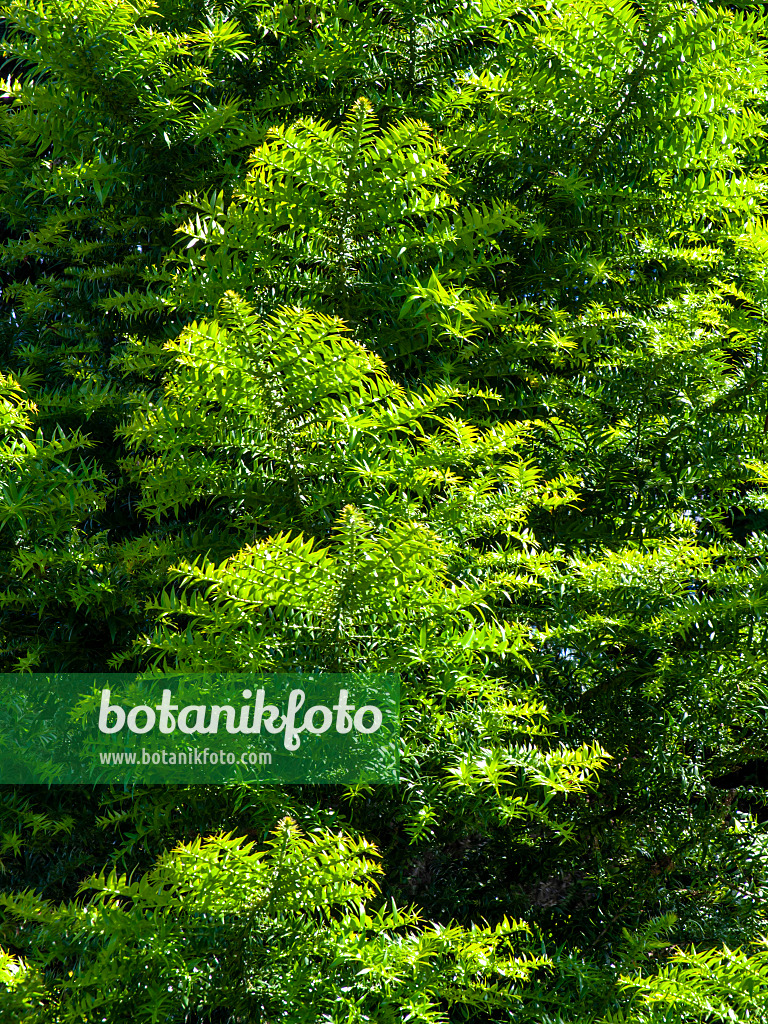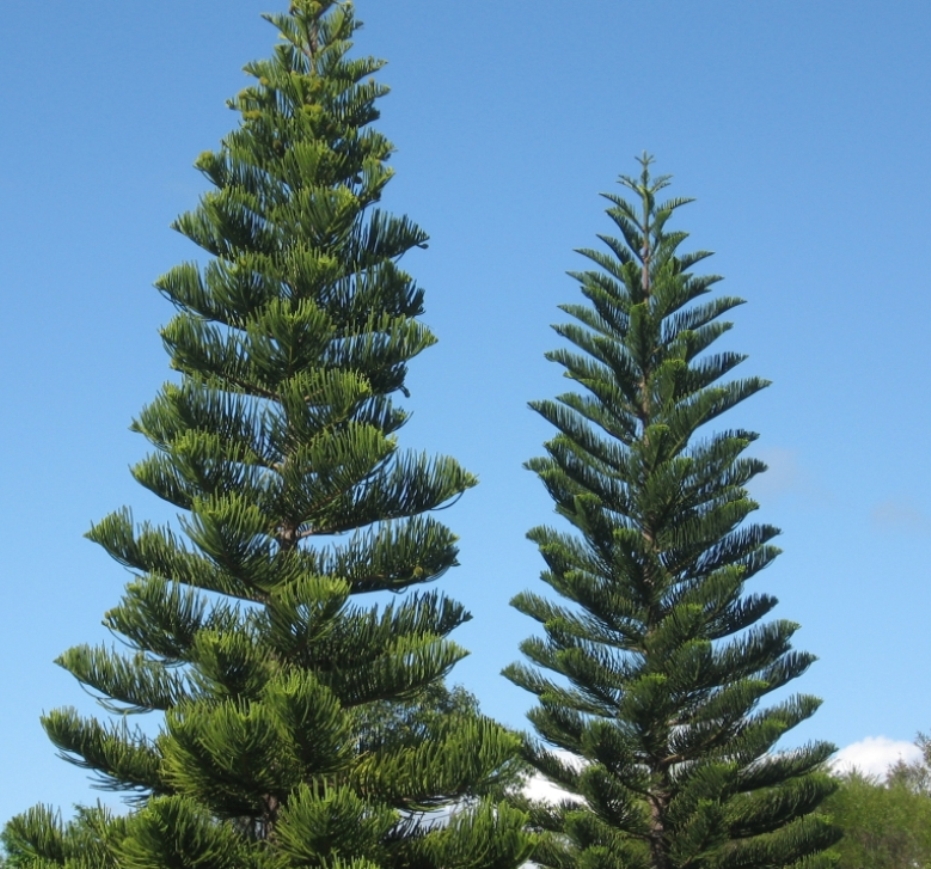

This swelling strongly indicates a fusiform rust infection, and seedlings infected in the nursery will not survive more than a year or two in the field. Make sure the seedlings were treated for fusiform rust in the nursery, and, if possible before planting, examine seedling stems for slight swelling along the stem. Landowners should make sure that the loblolly and slash pine seedlings to be planted on their lands are disease free. Most pine seedlings available today are more rust resistant than were the seedlings planted 30 years ago. Both slash and loblolly pine genetic improvements have increased rust resistance. However, once out of the nursery, fungicides are not economical and trees must rely on resistance and perhaps luck to avoid severe infections. In forest-tree nurseries, seed treatments and timely foliar applications of a systemic fungicide have resulted in nearly 100 percent control of fusiform rust.

Slash pine is more prone to breakage than loblolly pine. Wind breakage of stems weakened by rust galls. Severely infected oak leaves may have yellow spots but symptoms on oak leaves are usually not noticed.įigure 7. On the underside of infected oak leaves, the fungus produces fine, inconspicuous hairlike structures (Figure 3). Oak leaves become infected when the first flush is expanding in the early spring. Oaks in the white oak group are rarely infected. The most commonly infected oak species in Alabama are water, laurel, willow, and southern red. These yellow spores are no threat to the pine but rather serve to infect the alternate host, an oak. Many galls, which appear in late March to early April each year, may be present on a tree making the infection conspicuous. In the early spring, these galls produce orange-colored spores in bladderlike blisters (Figure 2).

The galls are elongated with deep fissures. The fungus produces spindle-shaped galls on branches or main stems of pines. After cross fertilization within the pycnia, pyciospores establish the perennial gall that can produce the orange aeciospores again each spring for decades. Immature gall producing pycia that may cross fertilize the infection.Ī few months after basidiospores infect pine, another spore stage is produced, pycniospores (Figure 4). Life Cycleįusiform rust is caused by a fungus that produces five different spore stages and requires both an oak and a pine tree to complete its life cycle (Figure 1).įigure 4. In spite of these improvements, fusiform rust still costs the forest industry millions of dollars annually. These efforts appear to be working and long-term forest health monitoring plots now indicate that disease incidence and severity are decreasing throughout the host range. Since the 1960s, genetics programs have worked to select rust resistant varieties, and pathologists have sought the best ways to deploy the resistance by defining rust hazard areas across the South. On the 13.9 million acres of southern forest land, an estimated 10 percent of the trees have potentially lethal cankers. Today, despite spending hundreds of millions of dollars to minimize its impacts, fusiform rust remains the most economically important disease of pine in the southern United States.Īlthough the fungus infects all southern pine species from Texas, east to Florida, and north to Maryland, it is most severe on slash ( Pinus elliottii) and loblolly ( P.

With the extensive planting of susceptible pine and an aggressive fire suppression policy that increased the oak abundance, the disease became widespread throughout the southern United States in the 1970s. The development of the pulp and paper industry in the 1950s, however, spurred the use of plantation forestry throughout the South. fusiforme) was so rare that forest pathologists had not yet developed an interest in the tree disease. In the 1940s, the occurrence of fusiform rust ( Cronartium quercuum f.sp.


 0 kommentar(er)
0 kommentar(er)
